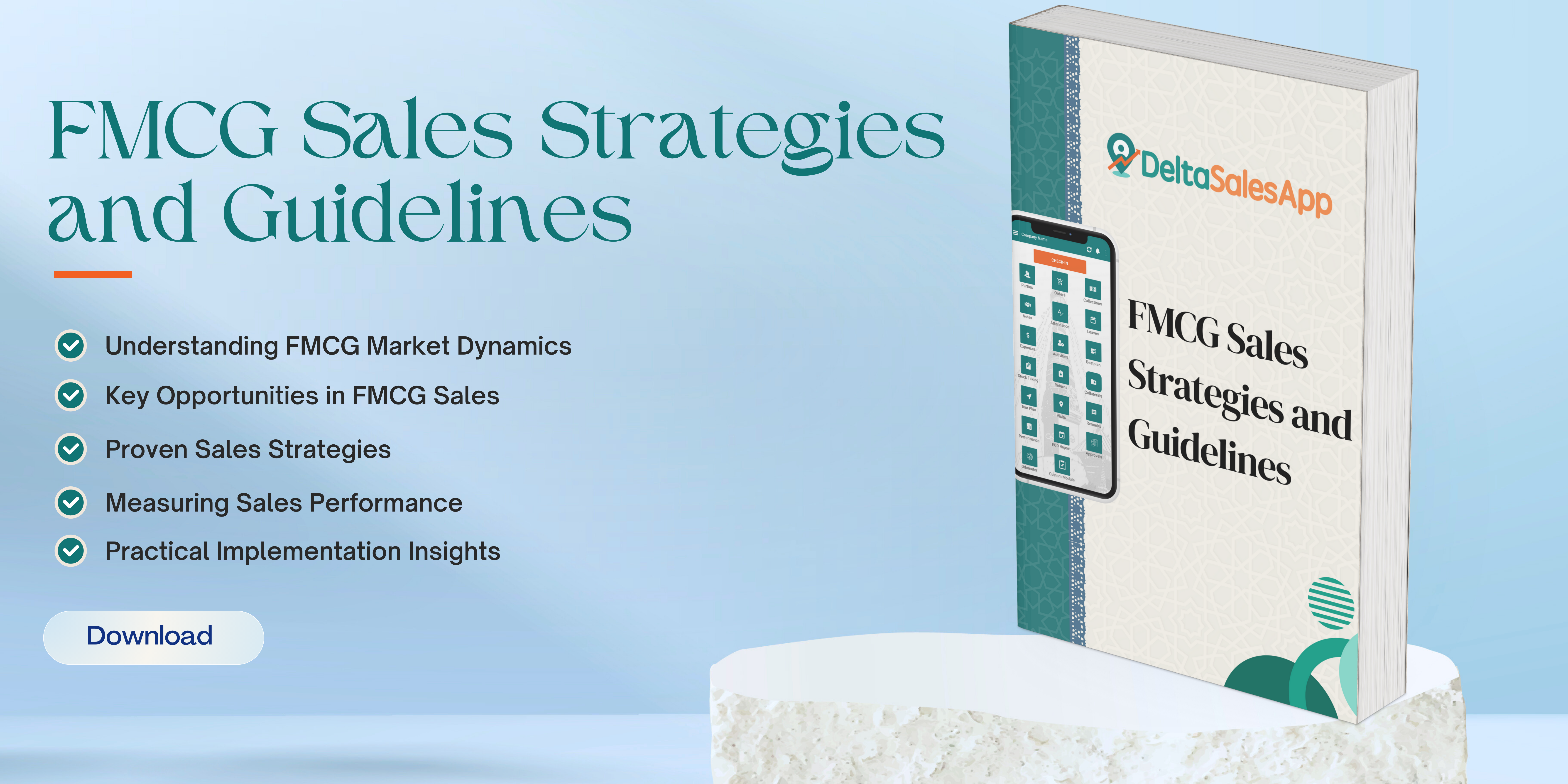Basket Size
What is Basket size ?
Basket size is a critical metric in the retail and e-commerce industries that measures the number of items or total value of goods purchased by a customer in a single transaction. Increasing basket size can significantly boost revenue without requiring additional customer traffic. Businesses employ various strategies, such as upselling, cross-selling, and personalized promotions, to encourage customers to add more items to their purchases.
Definition of Basket Size
Basket size can be expressed in two ways:
Item-Based Basket Size – This refers to the average number of items a customer purchases per transaction.
Revenue-Based Basket Size – This represents the total value of goods purchased per transaction.
For example, if a store processes 100 transactions in a day, selling 300 items, the average item-based basket size would be 3. Similarly, if the total sales revenue is $5,000 from those 100 transactions, the average revenue-based basket size would be $50 per transaction.
Why Basket Size Matters
Basket size is a crucial indicator of consumer purchasing behavior and retail efficiency. A higher basket size translates to:
Increased Revenue – Encouraging customers to buy more per visit maximizes sales.
Better Customer Retention – Personalized recommendations and bundled discounts enhance shopping experiences, leading to repeat purchases.
Lower Transaction Costs – Processing one large transaction is often more cost-effective than handling multiple small ones.
Optimized Inventory Management – Understanding purchasing trends helps retailers forecast demand and manage stock more effectively.
Strategies to Increase Basket Size
Retailers and e-commerce businesses implement various strategies to improve basket size, including:
1. Upselling and Cross-Selling
Upselling persuades customers to purchase a higher-end version of a product.
Cross-selling suggests complementary items, such as offering a phone case when selling a smartphone.
2. Discounts and Promotions
Buy One Get One (BOGO) deals encourage customers to buy additional items.
Bundle Pricing offers discounts when purchasing multiple related products.
3. Loyalty Programs
Rewarding customers with points or discounts based on purchase size incentivizes higher spending.
4. Personalized Recommendations
Using AI-driven analytics, businesses can suggest relevant products based on past purchases or browsing behavior.
5. Free Shipping Thresholds
Setting a minimum purchase amount for free shipping encourages customers to add more items to their cart.
Measuring and Analyzing Basket Size
To optimize basket size, retailers must analyze data regularly using:
Point of Sale (POS) Systems – Track transaction patterns in physical stores.
E-commerce Analytics – Monitor online shopping behaviors and cart abandonment rates.
Customer Feedback – Understand motivations and barriers to purchasing more per transaction.
Conclusion
Basket size is a key performance indicator for retailers aiming to maximize sales efficiency and profitability. By leveraging strategic pricing, promotions, and personalized customer engagement, businesses can drive higher transaction values and strengthen customer relationships. Monitoring and optimizing basket size should be a continuous process to adapt to evolving consumer behaviors and market trends.






